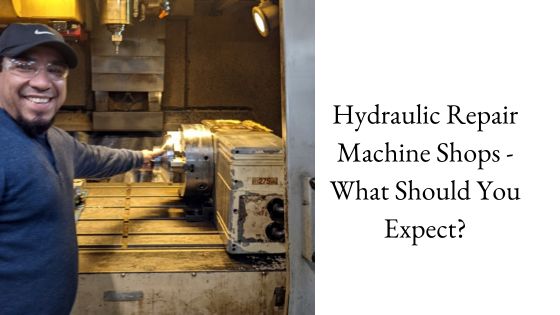Hints and Tips for Compact Track Loader Maintenance
Sep 3rd 2018
CTL Maintenance
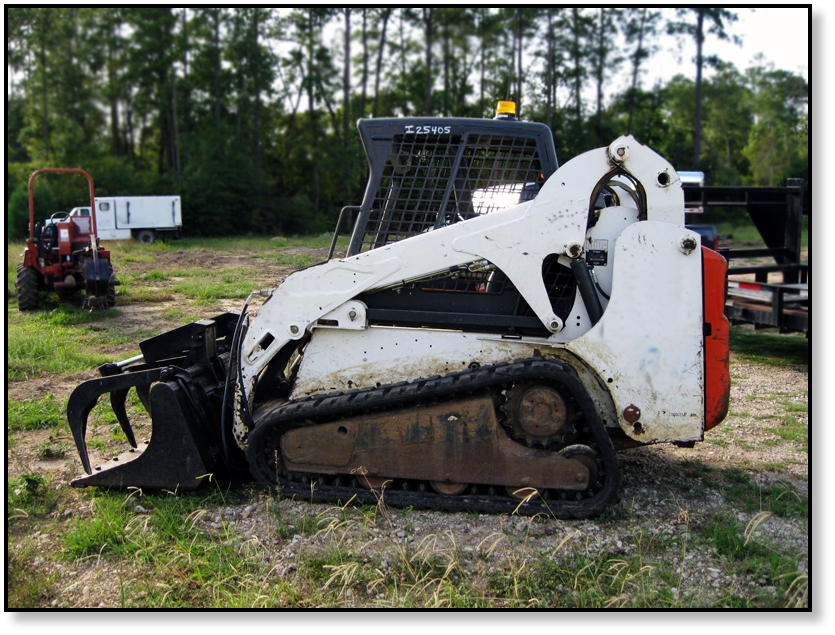
Performing regular maintenance on your compact track loader can quite literally save you thousands of dollars in repairs and down-time. We’ve put together this short guide to give you some hints and tips on keeping your CTL in top form. You probably already know these things, but it never hurts to review them!
CTL Undercarriage
The undercarriage needs to be cleaned on a regular basis, and the best approach is to clean it out daily. If you are working in an environment full of abrasive materials like gravel and clay, then experts recommend that you clean out the undercarriage several times a day. Materials like this can be especially damaging to key undercarriage components, and the undercarriage is what is usually responsible for most repair costs.
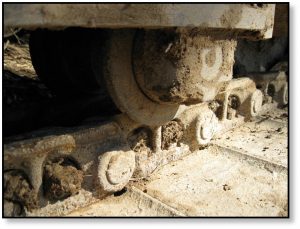
Experts also recommend that if temperatures are expected to reach freezing between shifts, then before you shut down the machine you should take the time to run it a few cycles in forward and reverse. This reduces the potential for frozen moisture on the tracks and undercarriage.
CTL Tracks
The first rule of CTL track maintenance is check and adjust your track tension on a regular basis. If the track is too tight, it will cause premature wear of the undercarriage; if it is too loose, you can get a ratcheting effect where the track drive lugs will actually jump over the sprocket rollers. Both of these problems will result in premature wear of the undercarriage.
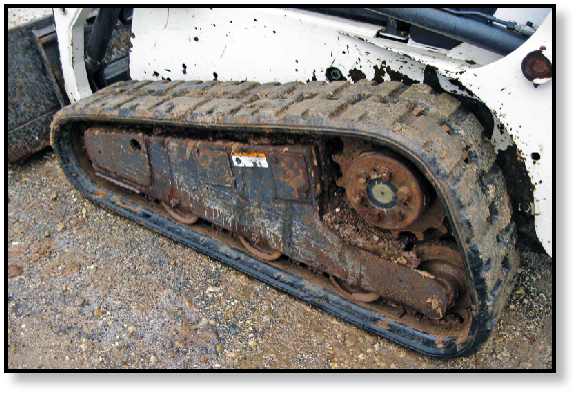
You also want to avoid allowing the sidewall of the tracks to rub against any kind of hard surfaces while in operation. This, too, leads premature wear and can result in catastrophic track failure if the inner steel cords of the tracks become exposed. Also, don’t leave fluids like grease and oil on the tracks – clean these fluids off as soon as they get on the tracks. These types of fluids don’t always play nicely with rubber.
Keep in mind that idlers and rollers, while they are sealed and lubricated permanently, are eventually going to wear out. Idlers, rollers, sprockets, and tracks should be checked and replaced when showing signs of excessive wear.
Final Drives and Track Motors
One of the most important maintenance tasks for a final drive is to regularly check the oil on the planetary side. Ideally, you should check the oil level in your final drive or track motor about once every 100 hours of operation, and change the oil out at least once a year.
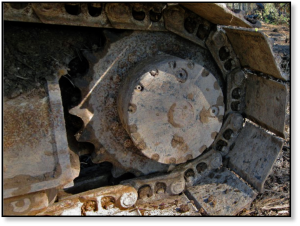
You will also want to check the case drain filter every 500 hours and replace it when you install a new or rebuilt drive. If the case drain filter gets clogged, then it causes an extreme pressure build-up in the final drive. This, in turn, will result in catastrophic, expensive damage to your final drive. An example of a clean case drain filter is shown below.
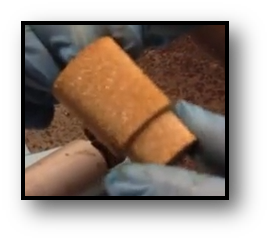
General Maintenance
Here are some general maintenance guidelines; however, you should always check with your equipment manual first and follow their recommended schedule for your particular machine.
Every time you start up your CTL for a new workday, you should check the engine oil and hydraulic fluid levels. It’s also a good idea to make sure the engine cooling system has sufficient coolant and the radiator is clean. All pivot points should be greased, too. The track tensions should also be checked and adjusted as needed and the undercarriage cleaned (as already discussed).
Every 50 hours you should drain water and sediment from the fuel tank and filter. It’s also time to check the hydraulic hoses and lines for damage or leaks. The undercarriage should be checked for nuts and bolts that may have worked loose.
Once 100 hours have passed, you should check the battery – cables, connections, and electrolyte level. This is also a good time to replace the engine oil and the filter.
Every 250 hours it’s time to check the gear oil level in the final drive or track motor, and top off the oil as needed. It’s also time to replace the fuel filter. At 500 hours, as we already mentioned, it’s time to check that case drain filter. Once 1,000 hours have passed, experts recommended that you replace the fluid in your travel motor, as well as replace the hydraulic fluid (and filters). It’s also a good time to grease swing cylinder base.
Keep Your Compact Track Loader Ready to Roll
Maintenance can seem time-consuming, but it saves money in the long run and prevents unnecessary downtime. So check your equipment manual today and find out what you can do to keep your compact track loader ready to roll.

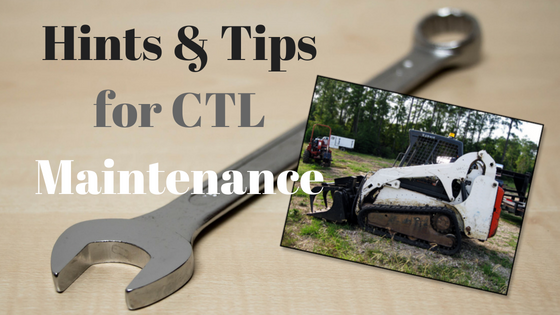

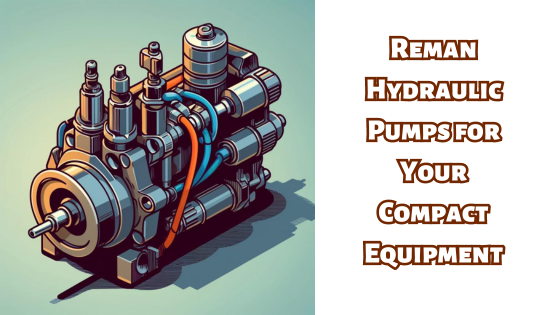
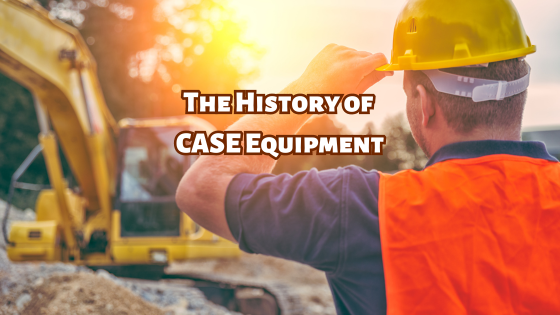

![Final Drive Cores and the Remanufacturing Revolution [VIDEO]](https://cdn11.bigcommerce.com/s-lbnln0ppxx/images/stencil/original/uploaded_images/final-drive-cores-and-the-remanufacturing-revolution.png?t=1705357426)
